Wax Ivy, also known as Hoya Carnosa, is a beautifully ornamental houseplant that will add a touch of elegance to your home. Its thick, leathery leaves have a waxy texture, giving them a unique and striking appearance. The leaves are typically dark green and have a glossy surface, creating a lush and vibrant display that will catch everyone’s eye.
But it’s not just the leaves that make Wax Ivy so special. This fascinating plant also produces clusters of star-shaped, waxy flowers that add another layer of beauty and fragrance to your space. The flowers exude a sweet fragrance that will delight your senses and create a delightful atmosphere in any room.
Light Requirements for Wax Ivy
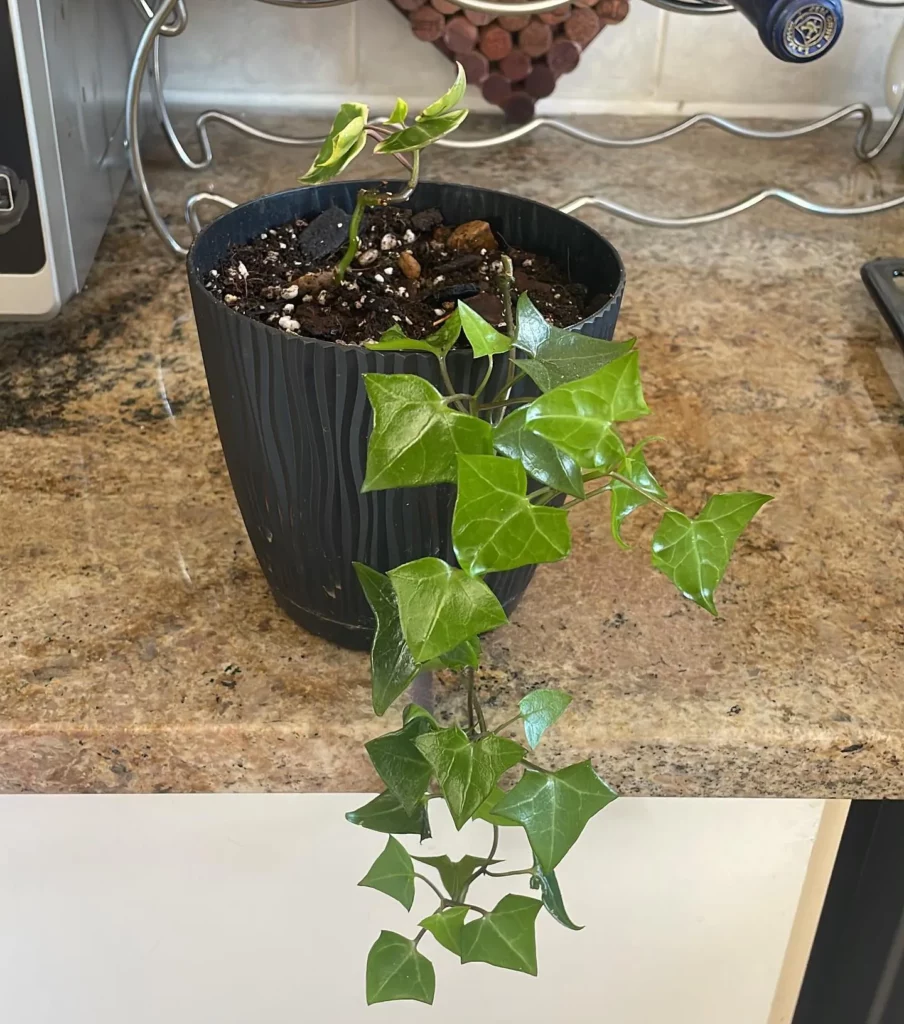
To ensure the healthy growth of your Wax Ivy, it’s important to provide it with the right amount of light. Wax Ivy thrives in bright, indirect light, making it ideal for placement near windows or in well-lit rooms.
When choosing a location for your Wax Ivy, aim for an area where it can receive plenty of bright, filtered sunlight throughout the day. Keep in mind that direct sunlight for extended periods can potentially harm the leaves and cause leaf burn.
While direct sunlight should be avoided, Wax Ivy benefits from some morning sun or late afternoon sun. These gentle rays can contribute to its growth and overall health.
- Place your Wax Ivy in a location with bright, indirect light.
- Avoid exposing it to direct sunlight for extended periods to prevent leaf burn.
- Some morning sun or late afternoon sun is beneficial for its growth.
Watering Wax Ivy
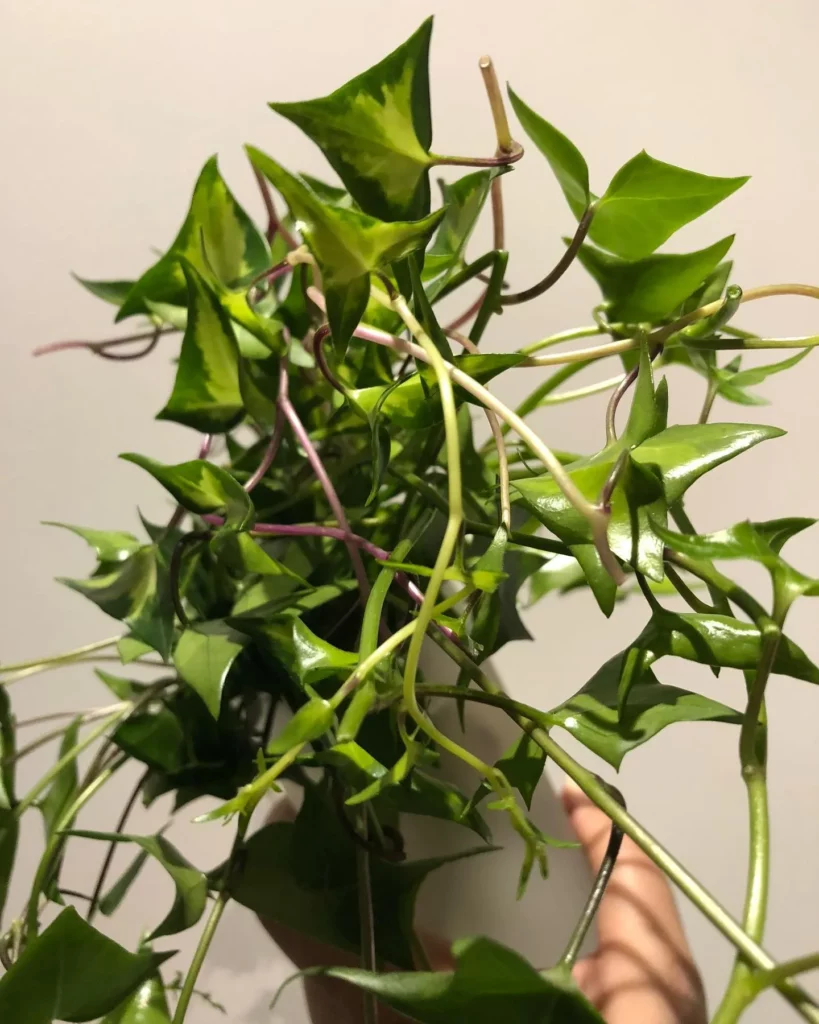
Proper watering is crucial for the health and vitality of your Wax Ivy. Follow these guidelines to ensure your plant receives the right amount of moisture:
No products found.
- Observe the soil: Keep an eye on the top inch of soil in your Wax Ivy’s pot. When it feels dry to the touch, it’s time to water.
- Use well-draining pots: To prevent waterlogged roots, make sure your Wax Ivy’s pot has drainage holes. This allows excess water to escape and ensures proper aeration for the roots.
- Thorough watering: When watering, make sure to thoroughly soak the soil, allowing the water to reach the root zone.
- Drain away excess water: After watering, allow any excess water to drain away completely. Empty the saucer beneath the pot to prevent standing water.
- Avoid overwatering: Overwatering can lead to root rot and other issues. It’s important to strike a balance and avoid keeping the soil overly saturated.
No products found.
Fertilizing Wax Ivy

Proper fertilization is essential for the healthy growth and vibrant foliage of your Wax Ivy. Follow these guidelines to ensure your plant receives the right nutrients:
No products found.
- During the growing season, which typically occurs in spring and summer, fertilize your Wax Ivy every 2-4 weeks. This will provide the necessary nutrients to support its active growth.
- Choose a balanced, water-soluble fertilizer specifically formulated for houseplants. Dilute the fertilizer according to the manufacturer’s instructions to prevent over-fertilization.
- Apply the diluted fertilizer to the soil around your Wax Ivy, ensuring that it reaches the root zone. Avoid direct contact with the leaves as it can cause burn or damage.
- Monitor the foliage of your Wax Ivy. If you notice signs of weak growth, pale leaves, or leaf burn, it may indicate over-fertilization. In such cases, reduce the frequency or concentration of fertilization.
- During the winter months, when the plant’s growth slows down, reduce or suspend fertilization. Wax Ivy requires less nutrients during this dormant period.
Potting Wax Ivy
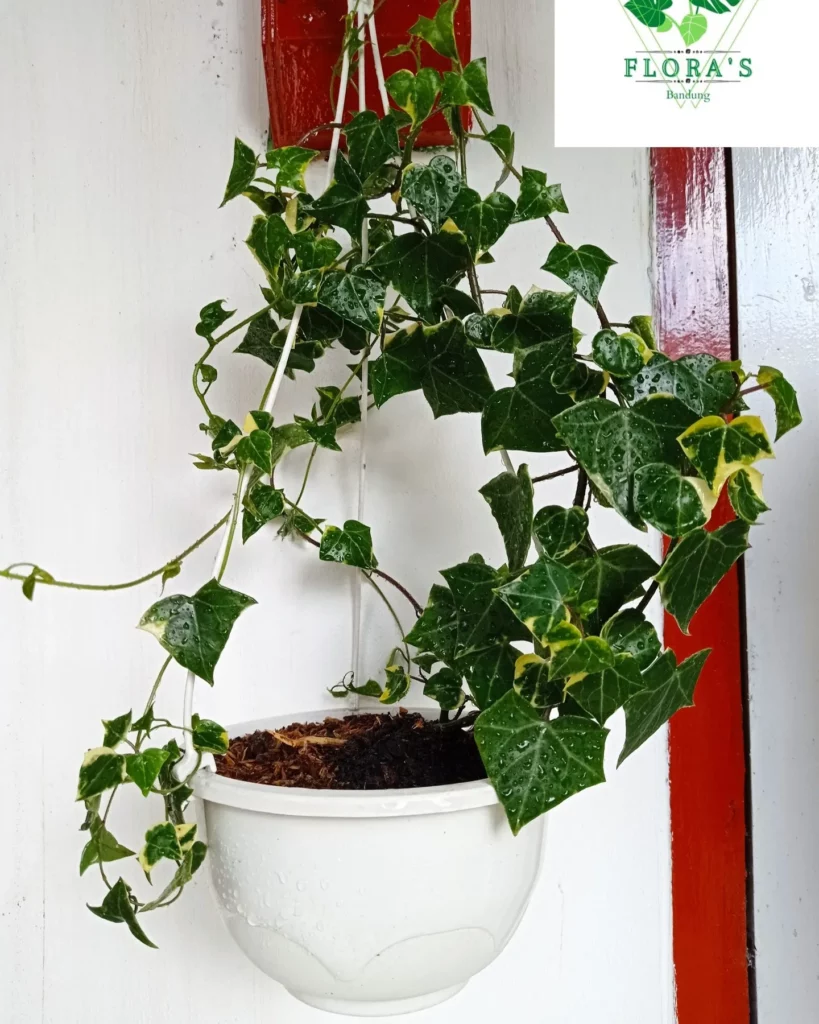
To ensure the healthy growth of your Wax Ivy, it is important to repot it when it becomes root-bound. Follow these simple steps to repot your Wax Ivy and provide it with the space it needs to thrive:
- Choose a pot that is slightly larger than the current one to allow room for the roots to grow. Make sure the pot has drainage holes to prevent waterlogging.
- Prepare a well-draining potting mix by combining equal parts of peat moss, vermiculite, and perlite. This blend will provide the right balance of moisture retention and aeration for the plant’s roots.
- Gently remove the Wax Ivy from its current pot, taking care not to damage the roots. Lightly loosen the root ball to encourage new root growth.
- Place the Wax Ivy in the new pot, ensuring that it is centered and at the same depth as it was in the previous pot.
- Fill the gaps around the root ball with fresh potting mix, pressing it down gently to secure the plant in place.
- Water the newly potted Wax Ivy thoroughly to help settle the soil and provide moisture to the roots.
Propagating Wax Ivy
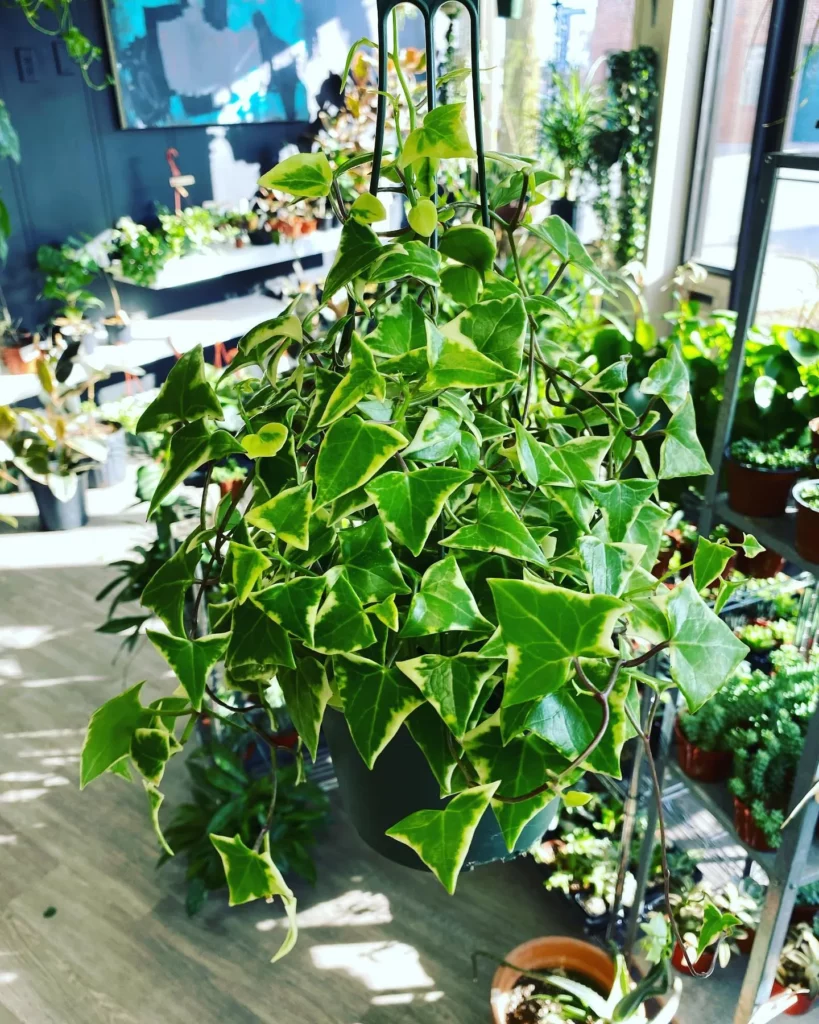
If you want to expand your collection of Wax Ivy plants or share its beauty with friends and family, propagating Wax Ivy through stem cuttings is an excellent method.
Start by selecting a healthy stem with several nodes. Nodes are the points where leaves or buds emerge from the stem. Carefully cut a 4-6 inch section of the stem just below a leaf node, ensuring the cutting is clean and free from damage.
Next, remove the lower leaves from the cutting. This helps to prevent the leaves from rotting when planted in the soil. Now, dip the cut end of the stem in rooting hormone powder. Your local gardening store should carry this product.
Prepare a pot filled with moistened, well-draining soil. You can use a mix of peat moss, perlite, and vermiculite to create an ideal growing medium. Make a hole in the soil, and gently insert the cut end of the stem into the hole.
Place the pot in a warm, bright location. Avoid direct sunlight, as this can be too intense for the newly propagated cutting. Ensure the soil remains consistently moist, but not overly saturated, as this could lead to rotting.
Within a few weeks, you should begin to see new roots forming from the cutting. This is a sign that your propagation efforts have been successful! Once the roots are well established, you can consider repotting the new plant into a larger container.
Growth and Development of Wax Ivy

Wax Ivy is a slow-growing plant, but with patience and proper care, you can witness its remarkable growth and development. By providing ideal conditions, your Wax Ivy has the potential to develop long trailing vines and produce abundant leaves and flowers.
One important aspect of promoting growth is regular pruning. Trimming back the stems will help maintain a compact and bushier shape, encouraging the plant to grow fuller. Additionally, pruning removes any dead or damaged parts, allowing the plant to focus its energy on new growth.
Another key factor in the growth and development of Wax Ivy is light. While it thrives in bright, indirect light, be mindful of exposing it to excessive direct sunlight, as this can lead to leaf burn. Striking the right balance will ensure healthy growth.
Proper watering is also essential for optimal growth. Be sure to water your Wax Ivy when the top inch of soil feels dry to the touch. It’s important to avoid overwatering, as this can lead to root rot. Finding the right watering schedule will contribute to healthy development.
Lastly, providing a suitable environment is crucial for the growth and development of Wax Ivy. Maintain a consistent temperature ranging between 60-75°F (15-24°C) and moderate humidity levels to create an ideal atmosphere for your plant to flourish.
- Give your Wax Ivy time to establish and grow.
- Prune regularly to maintain a compact, bushier shape and control growth.
- Avoid exposing your plant to excessive direct sunlight.
- Water when the top inch of soil feels dry, but avoid overwatering.
- Create a suitable environment with consistent temperature and moderate humidity levels.
Pests and Diseases of Wax Ivy
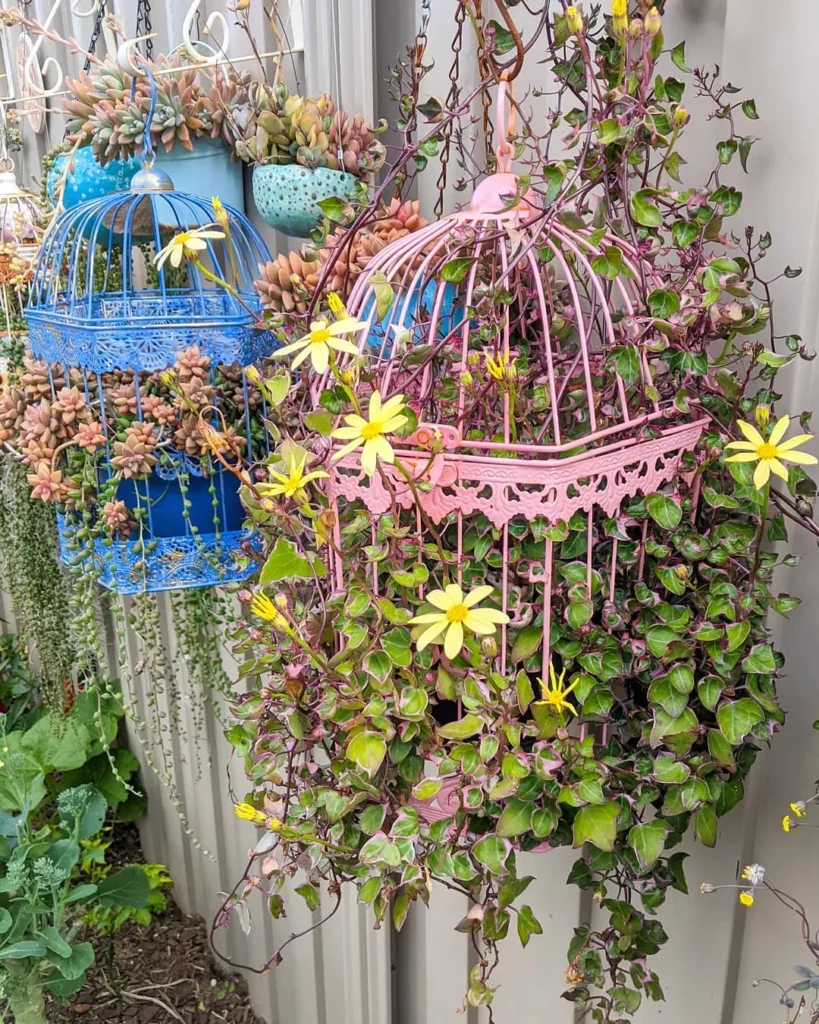
Although Wax Ivy is generally resistant to pests and diseases, it may occasionally encounter some common issues. It’s important to monitor your plant regularly for signs of pests or diseases to keep it healthy and thriving.
Pests
Some pests that can affect Wax Ivy include:
- Aphids: These small, soft-bodied insects can cluster on the leaves and stems, sucking sap from the plant.
- Mealybugs: These white, cottony insects can also infest the foliage, causing damage.
- Spider mites: These tiny pests are barely visible to the naked eye but can create fine webs and damage the leaves.
No products found.
If you notice any of these pests on your Wax Ivy, you can try using insecticidal soap or neem oil to combat the infestation. Follow the product instructions for proper application and frequency.
Diseases
While Wax Ivy is generally resistant to diseases, it can sometimes be susceptible to fungal infections, especially if the conditions are unfavorable. To prevent fungal issues, ensure good air circulation around the plant and avoid overwatering, as excessive moisture can create a breeding ground for fungi.
If you notice any signs of fungal infection, such as discolored or wilting leaves, it’s important to act promptly. Remove affected leaves and ensure proper ventilation to help control the spread of the infection.
Conclusion
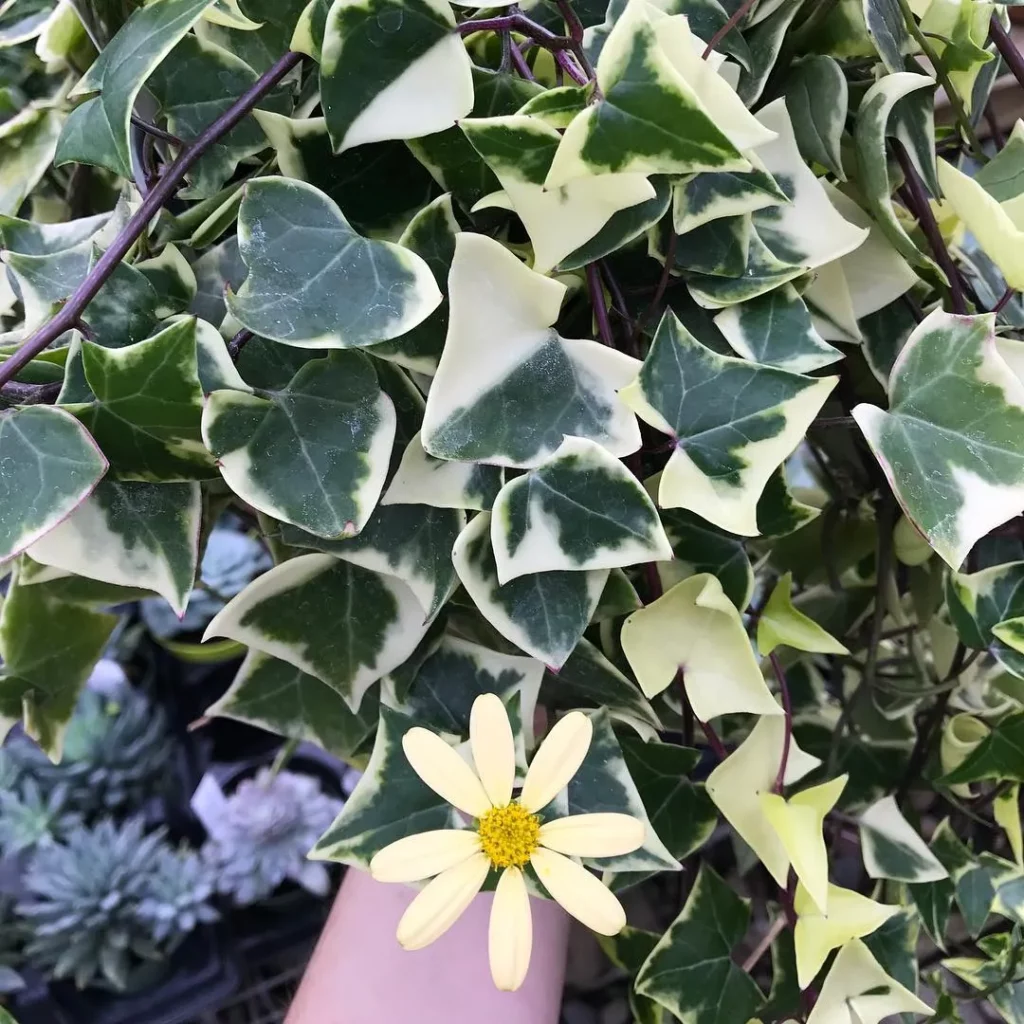
With the guidance provided in this Wax Ivy care guide, you now have all the knowledge necessary to maintain a beautiful and thriving Wax Ivy in your home. By following the proper care techniques, you can enjoy the lush foliage and delicate flowers that this hardy houseplant has to offer.
Wax Ivy, also known as Hoya Carnosa, is a stunning plant that can transform your living space into a green oasis. Its thick, leathery leaves with a waxy texture add a touch of elegance to any room. With its resilience and ability to adapt, Wax Ivy is a great choice for both experienced plant enthusiasts and beginners alike.
Remember to provide your Wax Ivy with bright, indirect light, water it when the soil feels dry, and fertilize it during the growing season. Proper potting and occasional propagation will help your plant thrive and grow. Keep an eye out for any potential pests or diseases, and take prompt action to address them if needed.
Embrace the beauty of Wax Ivy and let it bring nature’s touch indoors. With a little care and attention, your Wax Ivy will reward you with its vibrant foliage, stunning flowers, and the calming presence it adds to your living space. Create your own green oasis and enjoy the benefits that this hardy and lush houseplant has to offer.
FAQ
What is Wax Ivy?
Wax Ivy, also known as Hoya Carnosa, is a lush and hardy houseplant with thick, leathery leaves and waxy textures. It features dark green glossy leaves and produces clusters of star-shaped, fragrant flowers.
What light requirements does Wax Ivy have?
Wax Ivy thrives in bright, indirect light. It should be placed in a location where it can receive plenty of filtered sunlight throughout the day. Avoid exposing it to direct sunlight for extended periods to prevent leaf burn.
How often should I water Wax Ivy?
Water your Wax Ivy thoroughly when the top inch of soil feels dry to the touch. Make sure the pot has drainage holes to prevent waterlogging. Allow excess water to drain away completely after watering and avoid over-saturating the soil.
How should I fertilize Wax Ivy?
Feed your Wax Ivy with a balanced, water-soluble fertilizer every 2-4 weeks during the growing season (spring and summer). Dilute the fertilizer as instructed by the manufacturer and apply it to the soil. Avoid over-fertilization, as it can result in leaf burn or weak growth.
When and how should I repot Wax Ivy?
Repot your Wax Ivy when it becomes root-bound. Choose a slightly larger pot with drainage holes and a well-draining potting mix. Gently remove the plant from its current pot, loosen the roots, and place it in the new pot. Fill the gaps with fresh potting mix and water thoroughly.
How can I propagate Wax Ivy?
Wax Ivy can be propagated through stem cuttings. Select a healthy stem with several nodes, remove a 4-6 inch cutting just below a leaf node, and dip the cut end in rooting hormone powder. Plant the cutting in moistened, well-draining soil and keep it in a warm, bright location.
How does Wax Ivy grow and develop?
Wax Ivy is a slow-growing plant that can develop long trailing vines and produce more leaves and flowers with proper care and ideal conditions. Regular pruning helps maintain a compact, bushier shape and controls its growth.
What pests and diseases can affect Wax Ivy?
While Wax Ivy is generally resistant to pests and diseases, it may occasionally encounter issues with aphids, mealybugs, spider mites, or fungal infections. Regularly monitor your plant for signs of such issues and take appropriate measures to combat them, such as using insecticidal soap or neem oil.
How can I create a green oasis with Wax Ivy?
With the knowledge provided in this care guide, you have all the information necessary to maintain a beautiful Wax Ivy in your home. Embrace its lush foliage and delicate flowers to create your own green oasis and transform your living space.





